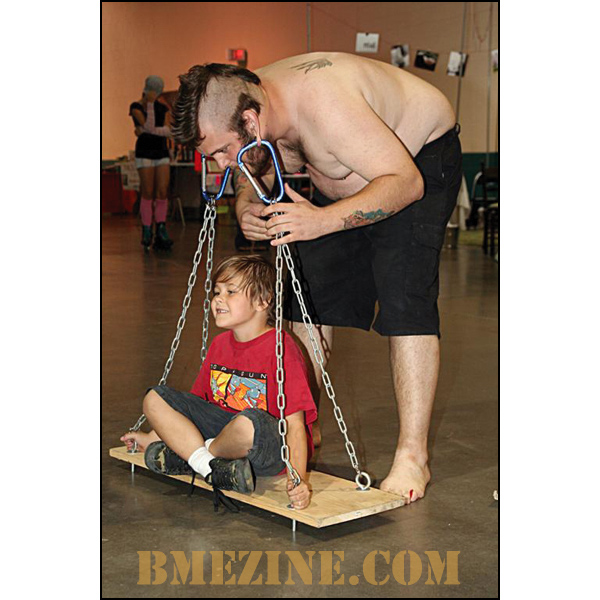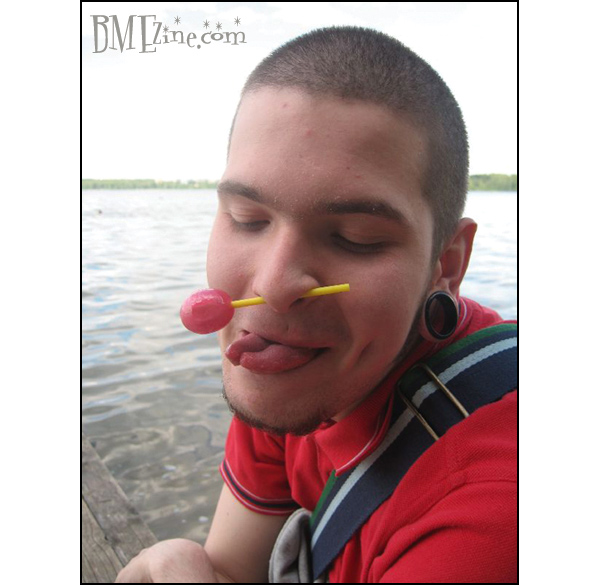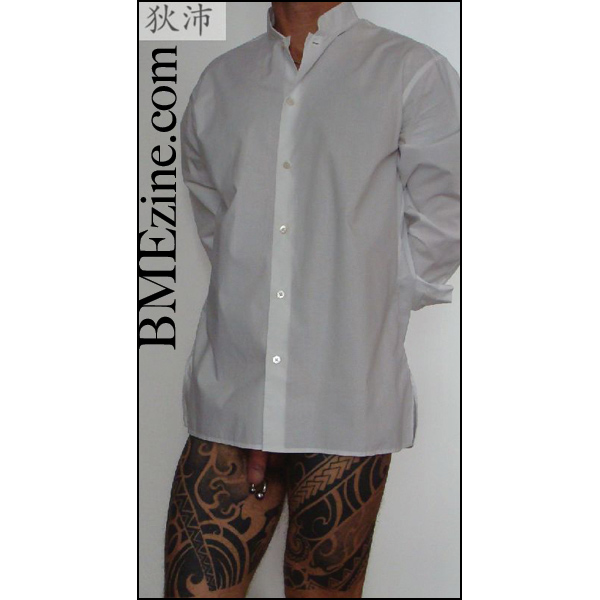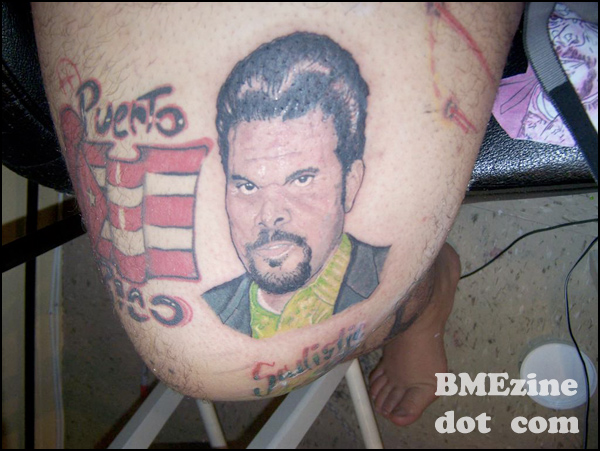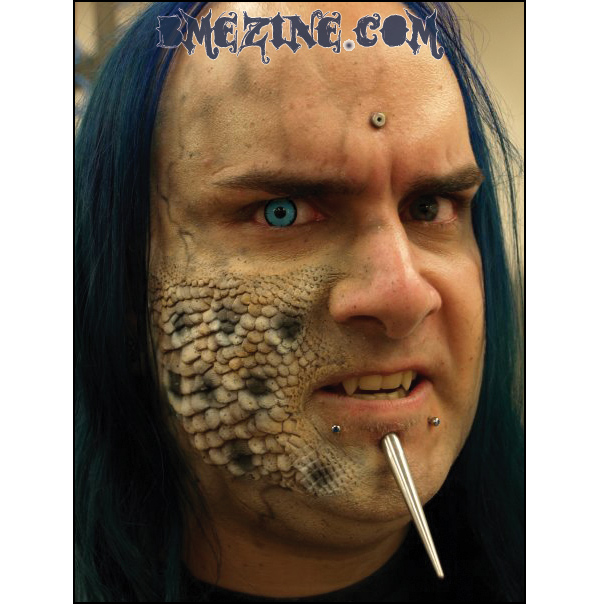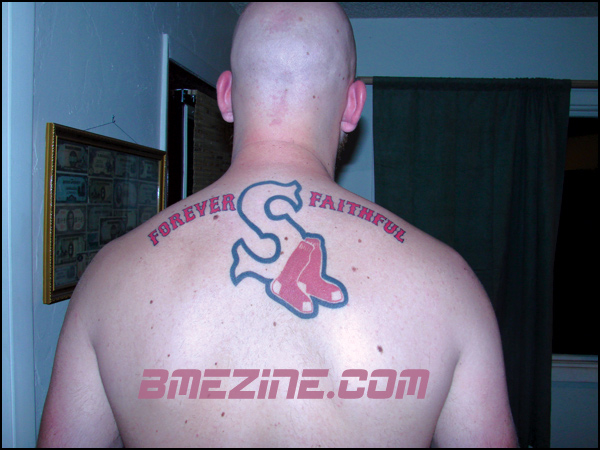[BMEzine.com] Oh hey look! It’s one of those newfangled editions of BME’s Big Question that all the movie stars are talking about! Let’s go read it immediately! Yeah, good idea! No, me first!
[io9.com] The ever-wonderful io9 has just posted a pretty comprehensive list of notable tattoos that have popped up in various science-fiction films and series over the years. To the right is a picture of Angelina Jolie from Wanted from their gallery, which I have included here because why the hell not.
[KTVO.com] Are you an adult of voting age in or around Kirksville, MO, who is planning on braving the booths on November 4? Well slap your mammy, because Dyed Hyde Tattoo and Body Piercing is offering “free” (plus $5 for equipment, allegedly) piercings to customers all day, provided they bring their identification, their voter registration card and an “I Voted” sticker!
“This is the most important election in history, as far as I’m concerned, and my idea to give free body piercings on election day is just to get voters out there, give them some incentive to get out there and vote,” said “Flash” [a shop staff member].
[…] He says Democrats and Republicans are welcome to take advantage of his offer.
So after you have navigated the mazes of imaginary 11-foot-tall black gangbangers from the planet Africa who want nothing more than to beat the piss out of you and carve you to pieces, reward yourself for having done your civic duty! Meghan McCain will be on hand, trying in vain to convince the shop owner to give her a free mustache tattoo on her finger.
